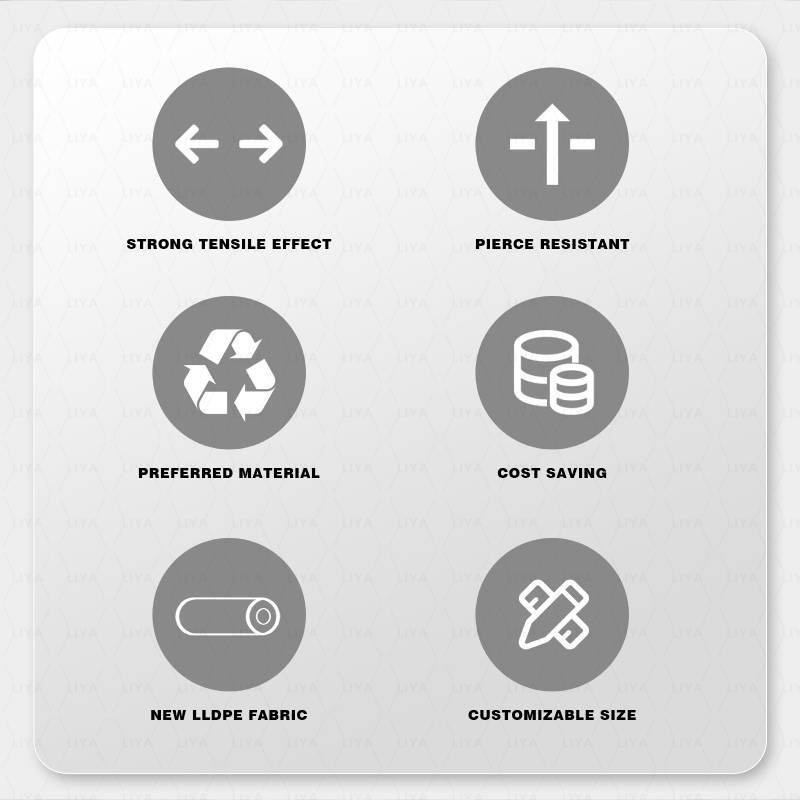Innovative and Versatile Bento Box Solutions for Enjoying Meals on the Go
The Versatility of Bento Containers A Perfect Solution for Modern Living
In today's fast-paced world, where time is a precious commodity, finding efficient ways to manage meals can significantly impact our daily lives. One solution that has gained immense popularity is the bento container. Originally rooted in Japanese culture, bento boxes are not merely meal containers; they represent a lifestyle choice that promotes balance, nutrition, and sustainability.
A Brief History of Bento
Bento boxes have a long history that dates back to the Kamakura period in Japan (1185-1333). Initially, these containers were used to hold simple meals during travel or picnics. Over time, bento evolved into a culinary art form, showcasing not only a balanced meal but also aesthetic appeal. Traditionally, a bento box would contain rice, fish or meat, pickled vegetables, and fruit, all beautifully arranged in one compact space. This practice reflects a philosophy that values preparation, presentation, and the experience of eating.
Why Choose Bento Containers?
1. Portability One of the primary reasons for the rising trend of bento containers is their portability. Busy professionals, students, and parents can easily pack a nutritious meal, ensuring they avoid unhealthy takeout options. The compact size makes them ideal for lunchboxes, picnics, or travel, allowing individuals to enjoy homemade food wherever they go.
2. Versatility Bento boxes come in various shapes, sizes, and designs, making them suitable for diverse meal types, from sushi to salads. Many bento containers feature multiple compartments, allowing for a well-rounded meal without the ingredients mingling. This versatility enables users to cater to diverse dietary needs and preferences, whether they follow a vegetarian, vegan, or omnivorous diet.
3. Encouraging Healthy Eating Using bento containers promotes balanced meals. With the ideal arrangement of carbohydrates, proteins, and vegetables, users are more likely to opt for wholesome ingredients. Research shows that when meals are prepped and neatly organized, individuals are less likely to resort to impulsive eating, leading to healthier choices.
4. Eco-Friendly Options In an era where environmental concerns are paramount, many companies now produce bento containers from sustainable materials such as bamboo, stainless steel, and BPA-free plastics. These eco-conscious choices help reduce waste, as users can minimize single-use packaging by prepping and packing meals in reusable containers.
bento containers

The Aesthetic Appeal of Bento
Beyond their practicality, bento boxes offer a creative outlet. Many users find joy in beautifully presenting their meals, experimenting with colors and shapes. The art of bento, known as kyaraben, focuses on crafting meals that resemble characters or themes, adding an element of fun to lunch. This aesthetic aspect is especially engaging for parents, as they can create visually appealing lunches that entice their children.
Tips for Using Bento Containers
1. Balance Your Meal Aim to fill at least three compartments with a variety of food groups, including grains, proteins, and vegetables.
2. Experiment with Themes Get creative! Use seasonal ingredients or theme your meals around holidays or popular culture to make lunch exciting.
3. Prep Ahead Designate a day for meal prep, making it easier to avoid last-minute unhealthy choices during the week.
4. Keep It Fresh Invest in high-quality bento containers with airtight seals to keep your meals fresh and tasty throughout the day.
Conclusion
Bento containers combine function with artistry, making them a timeless solution for modern meal management. They cater to our desire for convenience, health, and sustainability while offering a platform for creativity. Whether you're an on-the-go professional, a busy parent, or a student juggling classes, incorporating bento boxes into your routine can transform your dining experience. With a little preparation and imagination, you can enjoy nutritious, aesthetically pleasing meals that fuel your day.
-
Have the freedom of customizing your custom mailers any way you want! Our dedicated packaging support will help deliver you the mailing experience you need to elevate your shipping experience to the next level! Start making a strong impression on your customers and stand out from your competitors! -
LIYA uses high quality raw materials which directly purchased from large enterprises domestic and overseas such as PetroChina, Sinopec, Sabic, Equate, ExxonMobil, Dow Chemical, Total, and Borouge, ensuring the price advantage and quality of the raw materials. -
LIYA uses high quality raw materials which directly purchased from large enterprises domestic and overseas such as PetroChina, Sinopec, Sabic, Equate, ExxonMobil, Dow Chemical, Total, and Borouge, ensuring the price advantage and quality of the raw materials.





